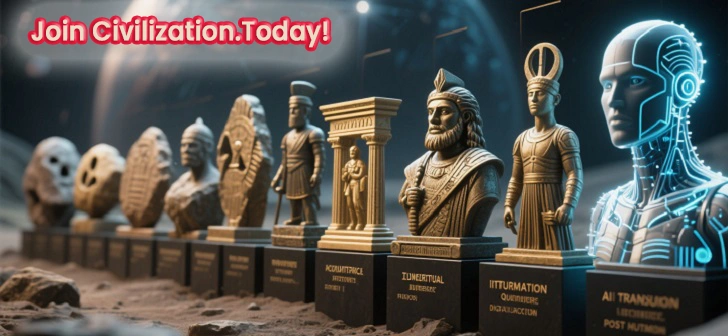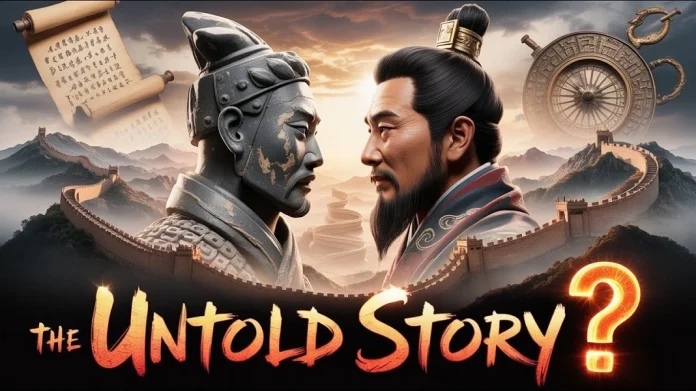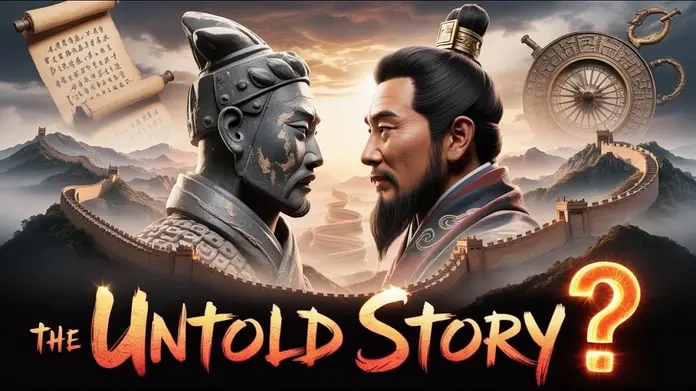Ancient China History is one of the most fascinating and enduring chapters of human civilization. Spanning over thousands of years, it is a story of powerful dynasties, groundbreaking inventions, and a cultural legacy that continues to influence the world today. From the Great Wall to the Silk Road, from papermaking to gunpowder, the history of ancient China is a testament to human ingenuity, resilience, and ambition.
In this article, we will explore the rise and fall of dynasties, the remarkable innovations that shaped global progress, and the enduring cultural footprint of ancient China.
The Birth of Civilization Along the Yellow River
The roots of Ancient China History trace back to the fertile plains along the Yellow River (Huang He). Around 2100 BCE, early agricultural communities began cultivating millet and rice, laying the foundation for a complex society. This fertile land not only supported large populations but also encouraged advancements in farming tools, irrigation, and animal domestication.
It was here that the legendary Xia Dynasty (c. 2100–1600 BCE) emerged, often considered the first dynasty in Chinese history. While archaeological evidence of the Xia is debated, its stories in ancient texts serve as a cultural starting point for China’s dynastic tradition.
The Rise of Powerful Dynasties
1. Shang Dynasty (c. 1600–1046 BCE) – The Bronze Age Innovators
The Shang Dynasty marked a major leap in Chinese civilization. Known for their mastery of bronze casting, the Shang left behind intricate ritual vessels and weapons. They developed the earliest known Chinese writing system—inscriptions carved on oracle bones used for divination.
2. Zhou Dynasty (1046–256 BCE) – Birth of Philosophy and Feudalism
The Zhou introduced the Mandate of Heaven, a political concept that justified the rule of emperors as divinely ordained. This period also witnessed the flourishing of Chinese philosophy, with Confucius, Laozi, and other thinkers shaping moral, political, and spiritual thought for centuries.
3. Qin Dynasty (221–206 BCE) – The First Emperor’s Vision
Qin Shi Huang unified China for the first time, standardizing currency, weights, and writing systems. His reign also saw the beginning of the Great Wall and the creation of the Terracotta Army. Although short-lived, the Qin Dynasty laid the groundwork for imperial governance.
4. Han Dynasty (206 BCE–220 CE) – The Golden Age
Often regarded as one of the most glorious eras in Ancient China History, the Han Dynasty expanded the empire’s borders, developed the Silk Road trade network, and advanced science, medicine, and literature. Paper was invented during this time, revolutionizing communication.
Groundbreaking Inventions of Ancient China
One of the reasons Ancient China History is celebrated worldwide is because of its extraordinary innovations. Many of these inventions changed the course of human history:
- Papermaking. Invented during the Han Dynasty, paper allowed the recording and sharing of knowledge on a massive scale.
- Gunpowder. Initially used for fireworks, gunpowder later transformed global warfare.
- Compass. Essential for navigation, the magnetic compass enabled maritime exploration far beyond China.
- Printing. The Tang and Song dynasties developed woodblock printing, and later movable type, democratizing access to knowledge.
- Silk Production. Kept a closely guarded secret for centuries, silk became a highly prized commodity in the ancient world.
These advancements didn’t just benefit China—they shaped the development of civilizations across Asia, the Middle East, and Europe.
Cultural and Philosophical Legacy
The philosophical systems born in ancient China continue to resonate today. Confucianism emphasizes moral conduct, respect for hierarchy, and the importance of education. Taoism focuses on harmony with nature, balance, and spiritual well-being. Legalism, though stricter, influenced Chinese governance and law.
Art, poetry, and music also thrived. From delicate porcelain to grand calligraphy, ancient Chinese culture valued beauty, discipline, and craftsmanship.
The Silk Road: China’s Gateway to the World
The Ancient China History story would be incomplete without the Silk Road, a vast trade network connecting China to Central Asia, the Middle East, and Europe. Along this route, not only silk but also tea, porcelain, and ideas traveled. Buddhism entered China through these trade links, influencing its spiritual and cultural development.
The Silk Road turned China into a central player in global commerce and cultural exchange, cementing its role as a world power long before modern globalization.
The Fall and Transformation of Dynasties
Like all great civilizations, ancient China saw cycles of rise and decline. Internal rebellions, natural disasters, corruption, and invasions by nomadic tribes often marked the fall of dynasties. Yet, the resilience of Chinese civilization ensured that each collapse was followed by renewal.
The Tang, Song, Yuan, Ming, and Qing dynasties would follow, each contributing their own chapters to the story. Even after the imperial era ended in 1912, the influence of Ancient China History remained deeply woven into the identity of modern China.
Global Influence of Ancient China
The legacy of ancient China extends far beyond its borders. Its inventions accelerated global progress, its philosophies shaped societies, and its political systems influenced governance models in neighboring countries. Today, Chinese characters, festivals, and traditions are celebrated worldwide.
In architecture, the curved roofs of pagodas inspired designs in Japan and Korea. In cuisine, ancient cooking techniques became the foundation of East Asian culinary traditions. Even in the digital age, lessons from Confucianism and Taoism offer guidance on leadership, ethics, and personal well-being.
Why Ancient China History Still Matters
Studying Ancient China History is not just about appreciating the past—it offers valuable insights for the present and future. Ancient China teaches us about the importance of unity, innovation, and adaptability. It reminds us that civilizations thrive when they balance tradition with progress.
From the construction of the Great Wall to the invention of the compass, the achievements of ancient China are reminders of humanity’s limitless potential when creativity meets determination.
Conclusion
The saga of Ancient China History is a story of greatness—an unbroken chain of dynasties, brilliant inventions, and a cultural heritage that continues to inspire the world. As we navigate the complexities of the modern era, the lessons of ancient China remain relevant, offering wisdom on leadership, sustainability, and global cooperation.
From the banks of the Yellow River to the corridors of the modern world, the spirit of ancient China endures—a timeless reminder that history is not just something we study, but something we live.




